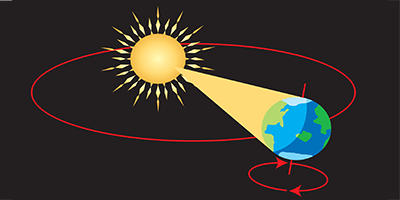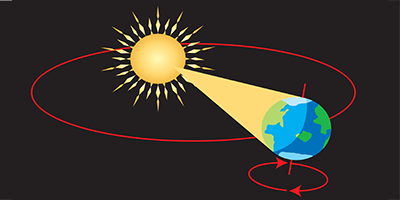Dark Matter or Neutrons?
Dark matter, inferred to exist on the basis of the dynamics of galaxies, has never been conclusively detected in a direct way. The DAMA/LIBRA experiment in Italy is one of several ongoing searches for dark-matter particles interacting with ordinary matter. The collaboration has recently reported a modulation in their data with a period of one year, consistent with a dark-matter-related signal. However, new calculations published in Physical Review Letters suggest that such a signal may instead be caused by neutrons created by solar neutrinos and atmospheric muons.
DAMA/LIBRA focuses on measuring annual modulations in dark-matter flux caused by the combined motion of the Earth around the Sun and of the Solar System within the Galaxy. Researchers have observed a temporal variation in their data that exhibits a peak in late May, as expected if signals were due to dark-matter particles originating from the Milky Way’s dark-matter halo. But DAMA/LIBRA’s interpretation of dark matter requires a particle-interaction cross section and mass that are ruled out by other dark-matter experiments. This fact prompted Jonathan Davis at Durham University (UK) to propose an alternative explanation for the DAMA/LIBRA signal. Davis’s calculations show that the combined effect of both solar neutrinos and atmospheric muons could be responsible for the signal; the neutrinos and muons impinge on the lead shielding of DAMA/LIBRA and the surrounding rock and liberate neutrons, which then interact with heavy nuclei to produce recoil events that mimic those arising from dark-matter interactions.
The flux of atmospheric muons has been shown to vary with a period of approximately the Solar activity cycle (i.e., about years). Additional DAMA/LIBRA data over a longer time baseline are necessary to look for a sign (or lack thereof) of such a periodic mode. – Katherine Kornei





